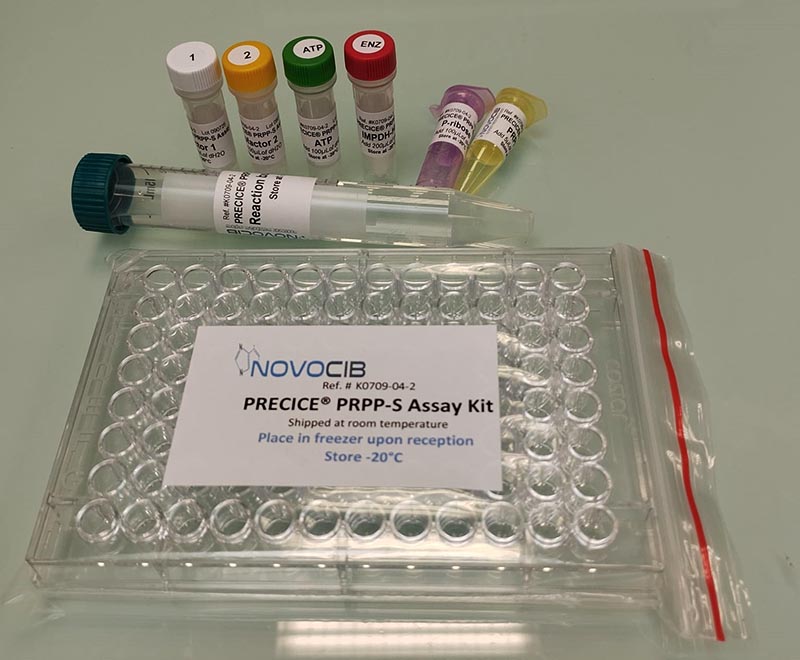Phosphoribosylpyrophosphate synthetase (P; EC 2.7.6.1) is an essential enzyme in the purine salvage pathway, encoded by the PRPS1 gene. Mutations in this gene can lead to PRS superactivity, an X‑linked condition associated with excessive purine production.
Overactivity of PRPS1 increases PRPP availability, resulting in excess uric acid — a breakdown product of purines. Elevated uric acid can cause gout (arthritis due to uric acid crystals in joints) and kidney or bladder stones.
Increased PRPP availability may result from PRPP‑S superactivity or HPRT deficiency.



